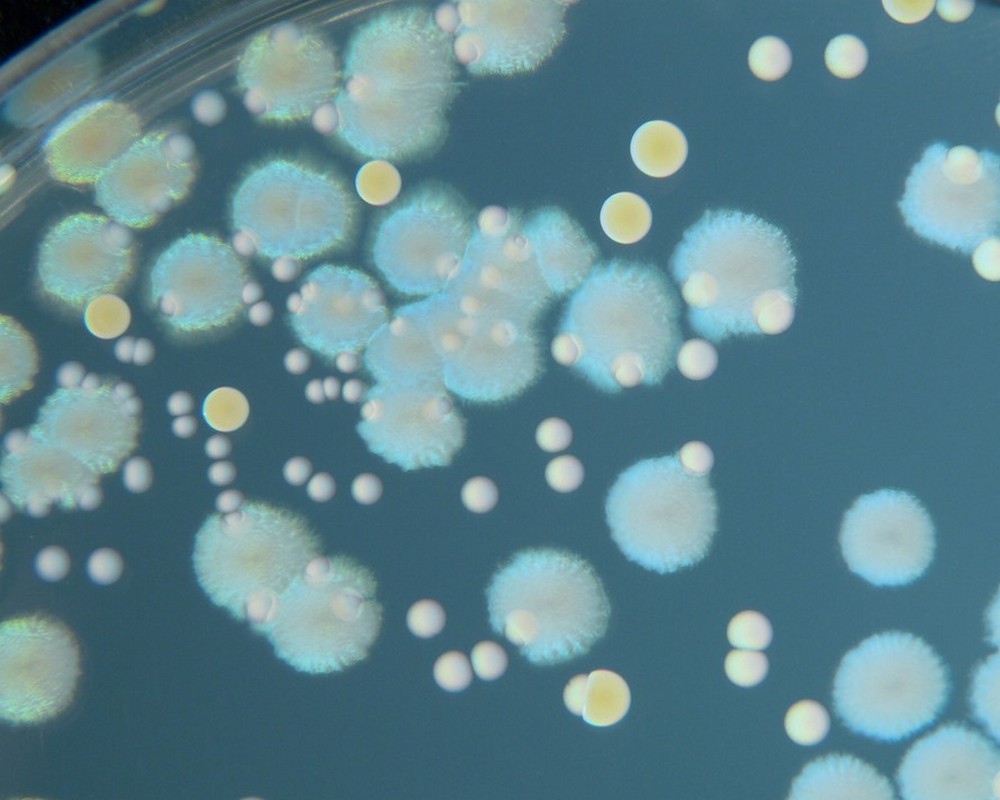Single celled prokaryotic microbes, such as bacteria and archaea, control almost every aspect of our daily lives, from our individual health to the elemental cycles that maintain the global biosphere. A major challenge for microbial ecologists is cataloging the vast diversity of prokaryotic life on Earth and connecting this diversity with specific functions, such as the production of an essential nutrient or a key biogeochemical transformation.
While modern gene sequencing techniques make it possible to evaluate the diversity of prokaryotic communities at a high level of detail, the extension of this technology to sequencing complete community genomes, termed metagenomes, is costly and data intensive.
Working with Hugh Ducklow in the Biology and Paleo Environment Division of the Lamont-Doherty Earth Observatory at Columbia University, BMSIS researcher Jeff Bowman recently published a new method for inferring community function from the diversity of a prokaryotic community. Although conceptually similar to existing tools for metabolic inference, including the widely used program PICRUSt (Phylogenetic Investigation of Communities by Reconstruction of Unobserved sTates), the new method takes a different approach to the problem.
Instead of categorizing the community of interest into predefined operational taxonomic units, a common approach in microbial ecology, the new method, termed PAPRICA (PAthway PRediction by PhylogenetIC PlAcement), uses a predetermined phylogeny to describe the microbial community and its functional potential. This allows for a more intuitive connection between the taxonomic composition of the community and likely functions, and for a greater resolution in predicted functions for some prokaryotic taxa.
Bowman and Ducklow used PAPRICA to infer the metabolic function of marine microbial communities from samples taken along the West Antarctic Peninsula, an ecologically vulnerable region that is experiencing rapid warming. They found that the differences between microbial communities along important ecological gradients, such as depth and season, can be accurately described by the inferred community functions in place of the less informative taxonomic descriptions normally used.
Using PAPRICA and related tools microbial ecologists can more cheaply and effectively monitor microbial communities for changing function, and better understand community function in novel environments, than they could previously.
Are you the author of this post? We lost a lot of information from the site before 2016. Please email us and let us know if this is your work.


